For years, mornings were tough for Ilina Lovely. “Every day when I woke up, I was disappointed that I had,” she says, casting her mind back to exactly how that felt. “I didn’t want to kill myself in any way. It wasn’t that. I just didn’t want to be alive.”
She’d hide under the doona until the last possible minute, telling her two young children to help themselves to cereal when they’d inevitably come to check on her. Eventually, she’d drag herself out of bed. “I would rarely brush my hair. Some days, I couldn’t even shower as it was too much.”
Ilina first noticed that ‘happy’ was not her default setting when she was 18, but chalked it up to the pressures of graduating from a prestigious Sydney school without any idea of what to do next. The ups and downs continued through her twenties, and worsened when she and her long-term partner separated. “Our kids were one and three. I was trying to survive financially, and doing a Masters,” she says. “My life wasn’t the easiest, but there are people in much worse situations than me, and they seem fine. I was so ashamed. Why couldn’t I just be happy?”
These days, mornings look very different. “I get up quickly, make a cup of chai and get on with the craziness of the day.” For Ilina, now 39, that translates to a “very full-time” career as a film and TV location coordinator, while homeschooling the kids during the latest lockdown. She’s also five weeks into upcycling an old table, loves to bake sweet things, and is obsessed with their rescue dog, Bobby, who might be a pomeranian x chihuahua, though no one is really sure.
What happened to cause that transformation? Something so small, you could blink and miss it. Mid-afternoon, she pops a single white tablet onto her tongue and chases it down with a palmful of water from the tap.
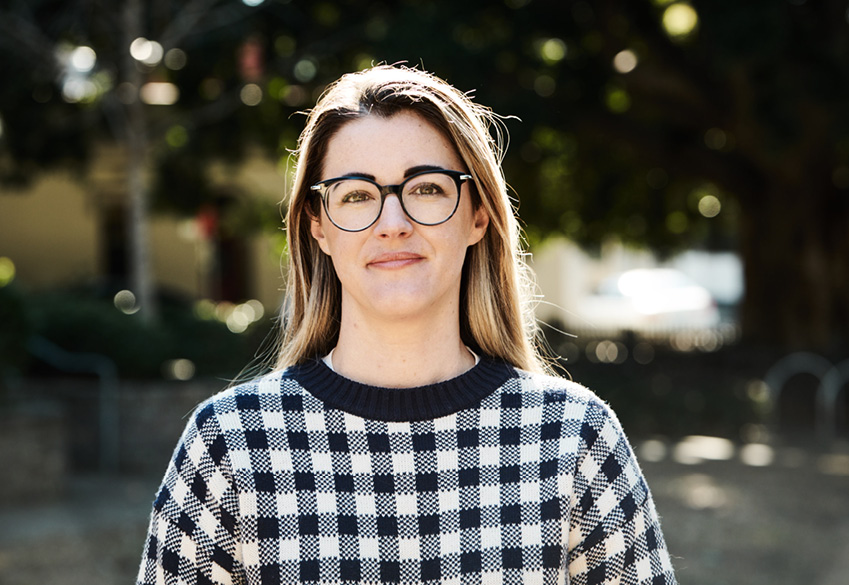
Ilina’s story isn’t out of the ordinary; she’s one of the 3.5 million Australians who take an antidepressant to tackle depression and anxiety.
It’s a situation so widespread that sertraline – the pill Ilina was prescribed – became one of Australia’s 10 most commonly prescribed medicines in December.
It is the first time an antidepressant has appeared on the list – which is otherwise filled with drugs for cholesterol, blood pressure and diabetes – and it’s a change that is largely driven by women, who are popping Sertraline in greater numbers than ever.
According to Department of Health figures obtained exclusively by PRIMER, 603,958 Australians were prescribed sertraline – or Zoloft, to use its original brand name – in the year to July 2020. Of these, 65 per cent were female.
Sertraline use is highest in women aged 30 to 39 (with 70, 719 prescriptions) followed by women aged 40 to 49 (64, 970).
Which raises some big questions. Why is this particular drug so popular with women? Are depression and anxiety genuinely such a problem for so many of us? And if so, why?
Gender-based risks
Mental health can be a tricky topic to navigate, thanks to an array of scientific theories, opinions and judgements. A solid place to start, says Professor Jayashri Kulkarni, head of the Monash Alfred Psychiatry Research Centre, is with the facts.
“The data is very clear that there’s a two-to-one ratio of women to men experiencing depression, and a four-to-one ratio of women to men for anxiety disorders,” says Kulkarni. “These are across the globe, whether you’re talking about Australia, the USA, the African continent…”
The data is very clear that there’s a two-to-one ratio of women to men experiencing depression.
She has no time for the argument that figures are skewed by men’s unwillingness to seek help for emotional problems. “The common misconception was that women just complain louder and longer,” says Kulkarni, whose research has shown that while women do present in higher numbers, they also suffer from depression and anxiety in greater numbers too.
Getting to the bottom of why women suffer more than men isn’t quite as straightforward. “Everyone has their specialties, but I think the most sensible approach is a holistic one, which we call the biopsychosocial framework,” explains Kulkarni. “That takes into account biological factors, psychological factors and social or environmental factors.”
Starting from the top, the big players on the biological side of female mental health are the sex hormones. In short, there’s a greater propensity for depression during fluctuations of these hormones, showing up as PMS, postnatal depression and perimenopausal depression.
Next: psychological factors, such as thought processes and personality traits that make women more susceptible. “[Women] are often more self-deprecating, inward-looking and self-blaming, and less displacing on others,” says Kulkarni. “That in itself can create a depressive condition.”
Women are often more self-deprecating, inward-looking and self-blaming… that in itself can create a depressive condition.
Finally, the social aspect covers life events and circumstances, past and present – not least the high pressure juggle of career and motherhood. “Women also have more experiences of violence, and of physical, emotional and sexual trauma. There’s overt or covert hostility and disempowerment in patriarchal society – and in some cultures, second-class citizenry.”
If that devastating triple threat weren’t enough, each element of the biopsychosocial framework can have an impact on the others. “For example, we have research in girls who’ve experienced awful early-life traumas, showing that causes a change in their brain chemistry, which predisposes them more to disasters in terms of mental ill health later on.”
In other words, women are faced with a significant group of risk factors that simply aren’t there for men.
But while women’s susceptibility to depression and anxiety may not be new, the sheer volume of women receiving formal diagnoses certainly is.
A rise in diagnosis
According to the most recent Household, Income and Labour Dynamics in Australia survey, 18.7 per cent of women were diagnosed with depression or anxiety in 2017 – up from 12.6 percent in 2009.
(It’s worth noting that men are following a similar trajectory – 7.8 per cent diagnosed in 2009, rising to 12.1 per cent in 2017.)
Much of that is the result of raised awareness, from organisations like Beyond Blue and the Black Dog Institute, along with campaigns such as R U OK Day. There’s also a growing chorus of high-profile women – from Kristen Bell to Katy Perry, Miley Cyrus and Amanda Seyfried – speaking up about their own struggles. Even more recently, the world of sport has been the backdrop to a major culture shift, with young champions Simone Biles and Naomi Osaka stepping back from competition to protect their mental health. Any criticism their decisions attracted was soon drowned out by far louder voices of support.

In February, Australian wellness influencer and vitamin entrepreneur Jessica Sepel went so far as to post an Instagram shot of herself holding a box of Zoloft – a move that attracted plenty of attention, with some celebrating her candour, while others made (incorrect) accusations of pharmaceutical sponsorship. Given the nature of Sepel’s livelihood, this felt like a whole new level of honesty.
“Social media can be dangerous,” says Sepel today. “You’re just seeing the best of people’s lives, and that causes comparison and perfectionism and shame.
“People might look at my profile and think I’m successful and I have it all together, and I was basically there saying, ‘No, I’ve been crumbling for two years.’ Once I started healing, I wanted others to feel the same relief. If I can admit to having an imperfect life, feeling sad, feeling anxious, not managing in my life, going on medication, it helps them feel less alone. I’m so proud of that post.”
People might look at my profile and think I’m successful and I have it all together, and I was basically there saying, ‘No, I’ve been crumbling for two years.’
Professor Jane Fisher, director of Global and Women’s Health at Monash University, has mixed feelings on this, saying that “greater recognition” has driven a “greater propensity to reach for a medical solution”.
Fisher who is currently researching the effects of Covid-19 on Australians’ mental health, says it’s clear the pandemic has taken a toll. “A huge proportion of women and men… are describing symptoms that could be thought of as clinically significant. They’re feeling pretty awful, and all of us can recognise that.”
But, according to Fisher, this should be viewed as an understandable response to the stress and anxiety of living through a pandemic. “I don’t think the distress should be ignored – but I’m not keen for it to be labelled a mental illness.”
I don’t think the distress should be ignored – but I’m not keen for it to be labelled a mental illness.
For Fisher, it’s telling that the vast majority of anti-depressant prescriptions come from GPs. “The way I make sense of it is that a GP has 15 minutes to try to assess and understand what the problem is and provide assistance,” she says. “The kinds of problems that lead people to feel like this really can’t be understood, let alone addressed, in 15 minutes. But I think it’s easier to reach for the prescription pad.”
Therapy is an important part of any treatment plan, but often this doesn’t happen. Cost can be a deterrent: a month’s supply of sertraline is $5.60 from major pharmacies, while an hour of therapy can routinely cost upwards of $200. The time commitment for regular sessions is another obstacle, as are lengthy waiting lists for psychologists.
Professor Kulkarni agrees, but adds one more important detail. “We have a high standard of living in Australia, and it’s our expectation that this will continue. We are used to having our needs met, fast. So, when we have a problem, we want an immediate solution. Antidepressants have become that attempted quick fix.”
We are used to having our needs met, fast. So, when we have a problem, we want an immediate solution.
We no longer want to feel sad, even when that’s the appropriate response to what’s happening, and we’re not willing to spend time working on it. We just want it gone, which equates, she says, to a large number of people taking medication when they probably shouldn’t be. “Look, I think there’s too much antidepressant prescription – and I don’t think it’s a small amount.”
Which brings us back to sertraline.
Medicating the masses
Sertraline is an SSRI, which stands for selective serotonin reuptake inhibitor. This type of anti-depressant works by maintaining higher levels of serotonin – a naturally occurring chemical that’s thought to have an influence on mood and emotion – in the brain. Since their launch in the late 80s and 90s, SSRIs have been found to be more effective than their predecessors, with fewer side effects.
“The whole SSRI class of antidepressants has been the absolute go-to for at least 30 years,” says Kulkarni.
Research has found that within the SSRI family, sertraline is tolerated by more people, meaning that it’s widely viewed as the best choice for someone trying an antidepressant for the first time. It also boasts a couple of characteristics that especially suit women, says Kulkarni.
Firstly, sertraline is particularly effective in relieving anxiety, which is more common within women’s depressive symptoms than men; while secondly, sertraline lingers in the body for less time than other SSRIs. “The profile of sertraline with its shorter half-life and its different drug kinetics probably suits the female metabolism better.”
Pfizer, the creators of Zoloft, were certainly aware it was worth appealing to the ladies. Early advertising in the US featured a woman in a pants suit, smiling and holding her children’s hands, wedding band on display. She was clearly able to handle it all – career, relationship, kids – with just a little help. Any concerns this might compromise her femininity were addressed by the headline: “Power that speaks softly.”
Still, while sertraline may be a star performer, it’s no vitamin tablet to be gulped down without careful consideration.
“The brain is delicate,” warns Kulkarni. “You make sudden moves with chemicals, and you can cause profound behavioural, emotional and cognitive upsets.”
The brain is delicate. You make sudden moves with chemicals, and you can cause profound behavioural, emotional and cognitive upsets.
All antidepressants produce side effects – sertraline included – and the possibilities are almost endless: nausea, dizziness, insomnia, tremors, blurred vision, dry mouth, loss of sensation in the genitals, and so on. Some fade after a few weeks, others persist long-term. As for coming off antidepressants, entirely? Patients must taper over an extended period, and will almost inevitably go through withdrawal symptoms, which can last months.
This is something Leslie Crudup Villagarcia understands all too well. Six years ago, the Brisbane-based life coach was diagnosed with premenstrual dysphoric disorder (PMDD), often described as an extremely severe form of PMS, and which she tried to manage with yoga, meditation and exercise. It was only when her daughter was six months old that she turned to medication.
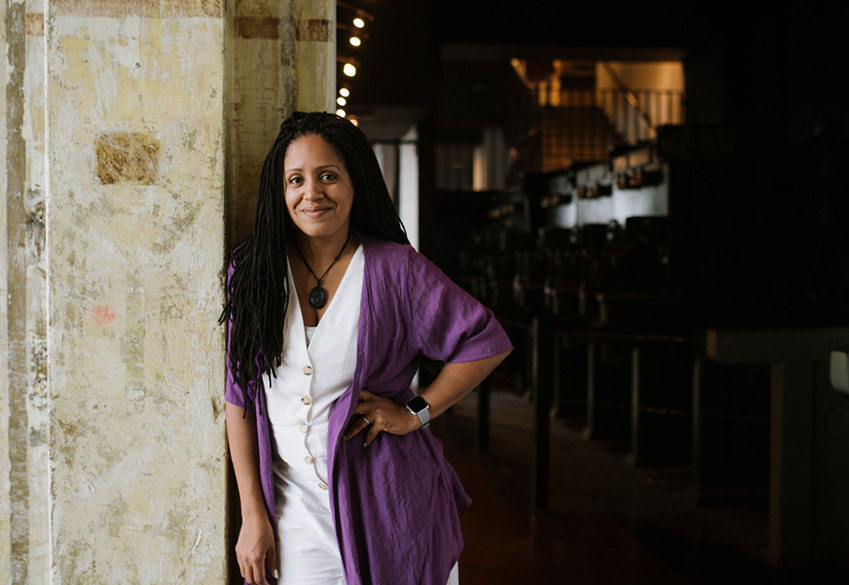
“I was physically present, but it was as if I was looking through her, instead of looking at her. Like I was babysitting her. Like she wasn’t mine. That’s not how I felt the whole time, but I realised it was serious.”
Leslie’s prescription for Zoloft was life-changing, saving her from the fatigue, anxiety, dread and doom she’d experienced for two weeks of every month since she was a teenager. After three years, she decided to come off it – tapering gradually, and closely monitored by her doctors, “I didn’t want it to be something I had to take my entire life, and I thought I was ready,” she says, then pauses, exhaling slowly. “I nearly had a breakdown. A couple of weeks after my last dose, I fell into this pit that I could not claw my way out of. It felt like some new weird strain of the depression, and it was unrelenting. I would say to my husband, ‘I need relief. I need relief.’ I was terrified.”
Leslie persevered for three months before re-starting the tablets, which she still takes. “Going back on my medication made a world of difference. They give me a fighting chance. I have no regrets whatsoever.”
She agrees that while it’s not quite clear skies yet, the cloud of shame that’s always surrounded the topic of depression is beginning to lift.
“There’s still this notion that we should be able to ‘live, laugh, love’ our way out of depression and anxiety, so there’s more work to be done there,” she says. “But my daughter does yoga at kindy. Little kids are learning about mindfulness meditation. The fact that’s being modelled and normalised is fantastic. And when you look at Gen-Zers, and their openness to taking a mental health day when they need one, things have moved on a lot from previous generations. People are beginning to prioritise the right things, at last.”
Are you struggling with mental health? Support is available. Contact Beyond Blue.




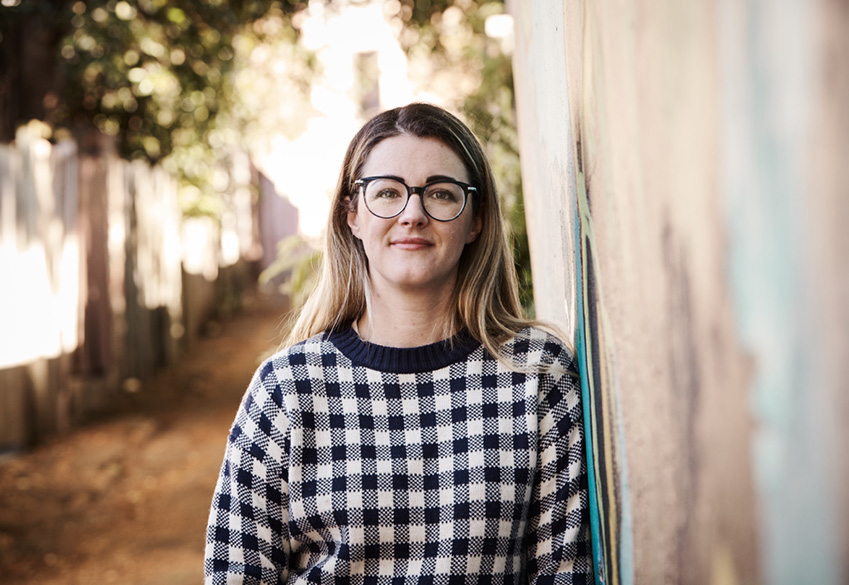
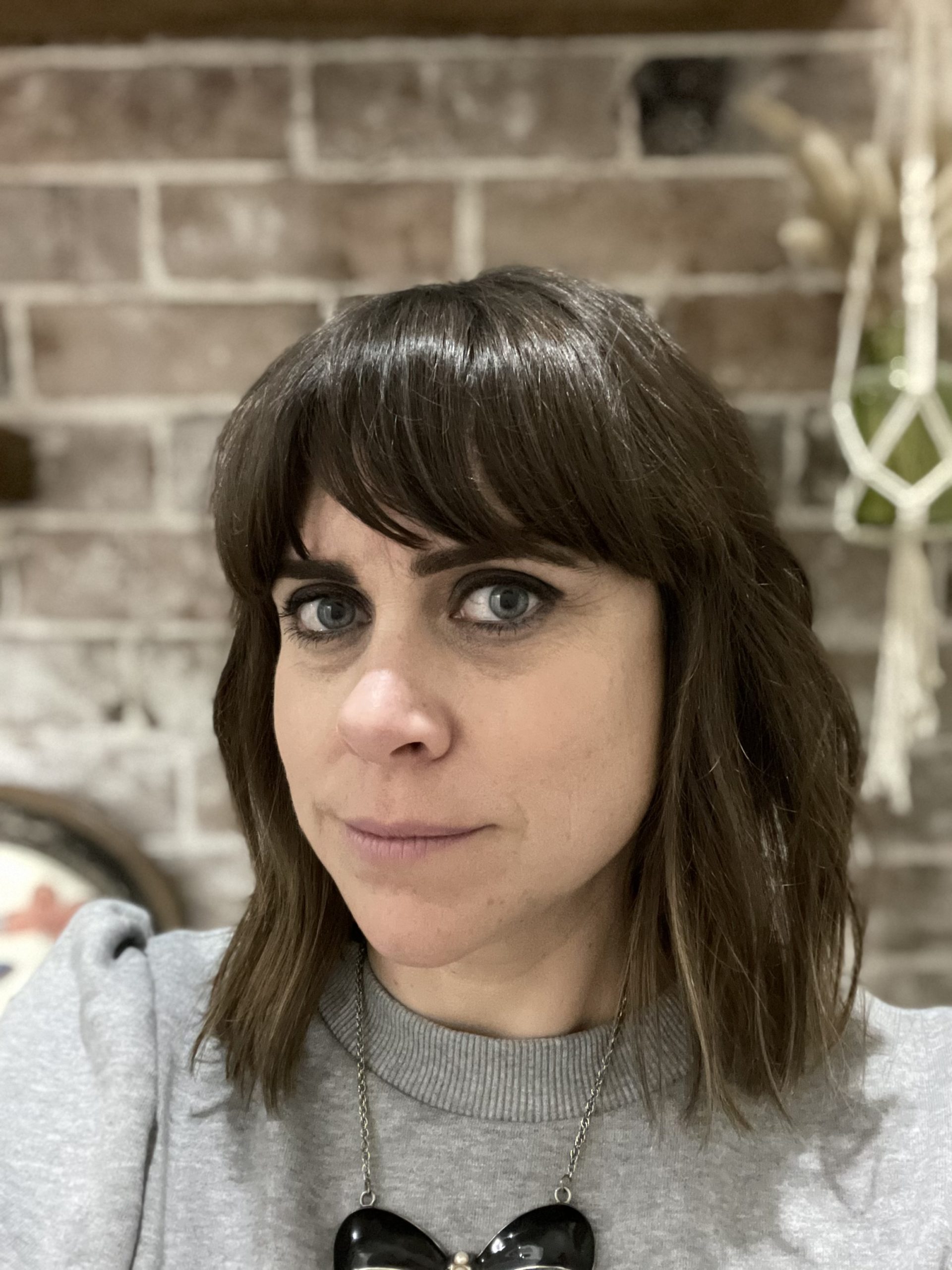


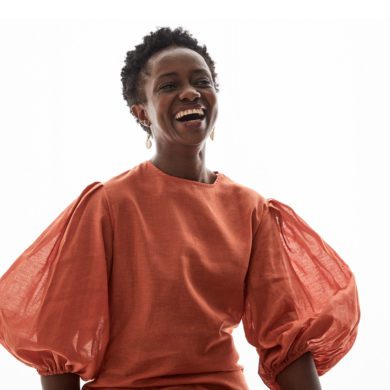

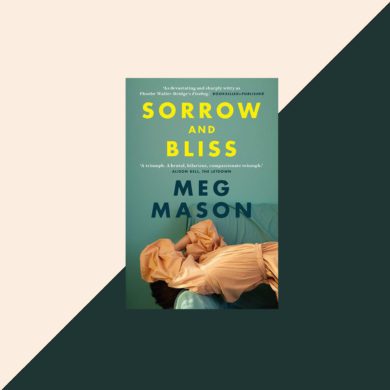


No Comments